
The Life and Legacy of James Thomas Hillen
James Thomas Hillen’s story is not just one of identity and survival during a time of social rigidity, but it is also a tale of resilience and adaptability. His youngest son, Alan, revered him as a true gentleman, an epitome of wisdom and grace. His advice to Alan, “always make love to your wife,” exemplifies his emphasis on love and commitment, a value reflected in Alan’s own 66-year marriage.
Early Life Shrouded in Mystery
Born around 1850 in Perth, Scotland, James’s birth was surrounded by secrecy and social complexities. His mother, Emma Smyth, was an unemployed domestic servant from Suffolk who traveled to Perth for his birth, registering him as James Thomas. This decision was most likely influenced by societal pressures and the stigma surrounding illegitimacy at the time.
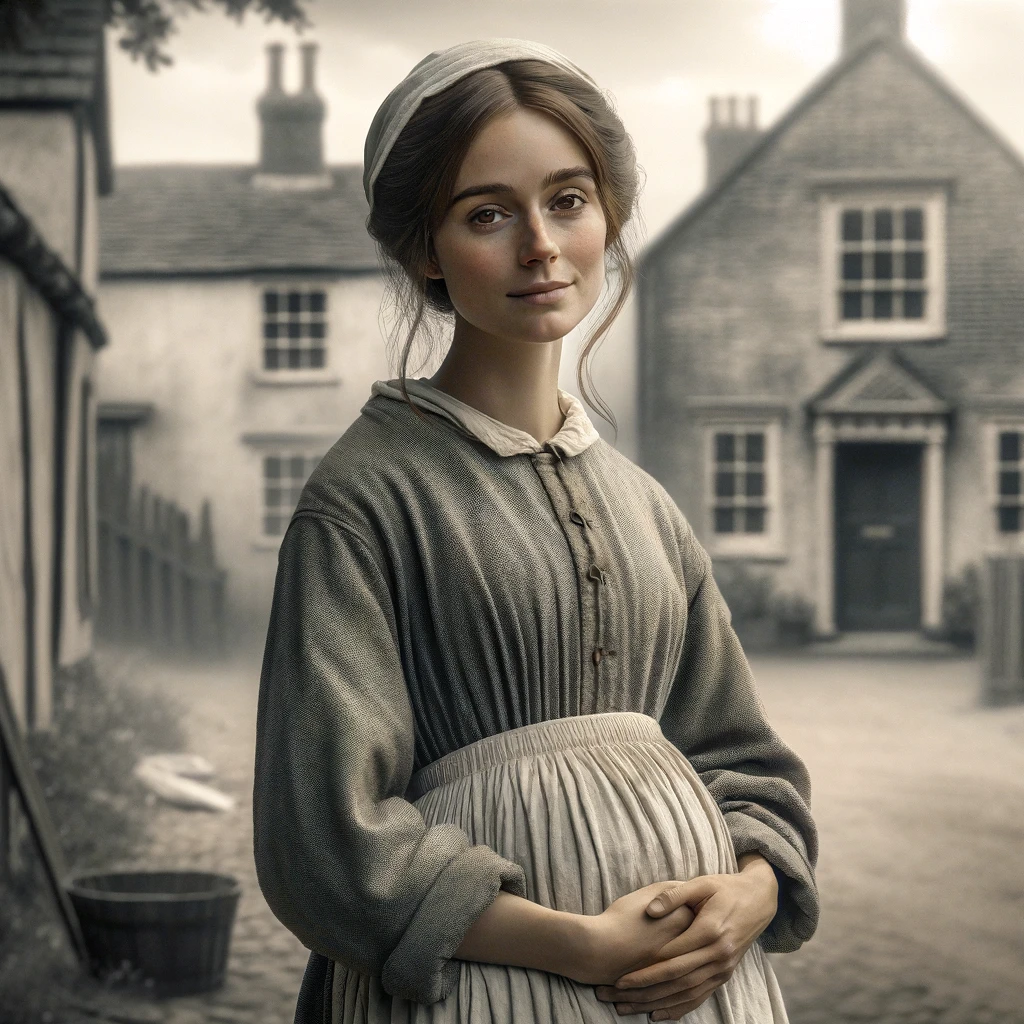
Emma’s return to Friston and her claim that James was a ‘visitor’ (on the 1851 census form) further underscore the social constraints she faced. The village only had a population of 382 in 1851, according to that census, so everyone would know everyone else’s business.
A Possible Surgeon Father

Family lore suggests that James’s father was a ‘Dr. Bell,’ a surgeon in Aldeburgh, a theory supported by geographical and occupational connections.
Emma’s profession as a domestic servant makes this possibility more plausible, considering her potential employment in Aldeburgh. He was christened James Thomas in the church of St Mary the Virgin at Friston, in Suffolk. No father was present, nor was the name of a father entered in the Baptism Certificate.
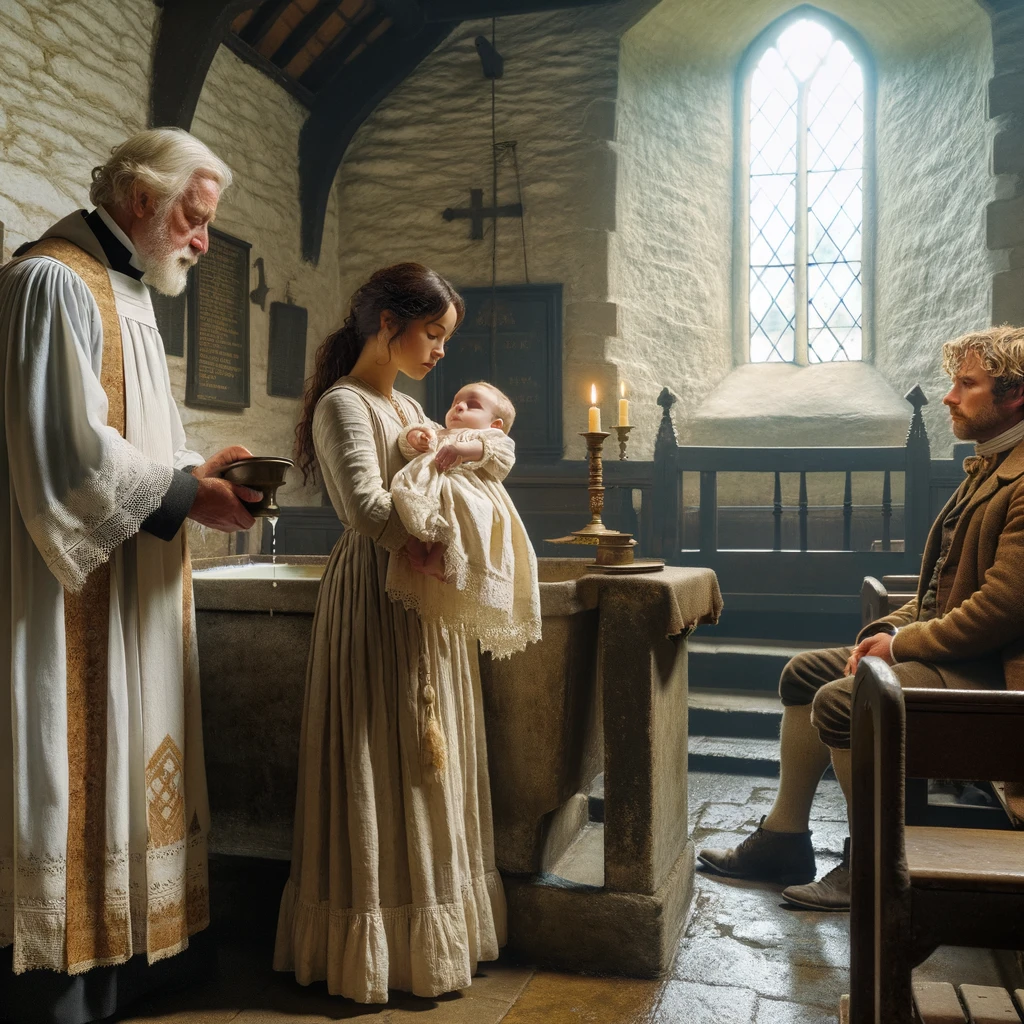
As a young child, on the occasion of his birthday, valuable gifts would be delivered to his step-grandfather’s (James Hillen) farm. One of these was a silver-plated sandwich box. It was said that these were gifts from his biological father, ‘Dr Bell’.

As a young man he worked as a cordwainer (boot maker) in his stepfather’s business.

A Cultured Man with a New Identity
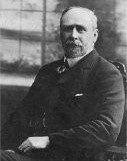
James was described by his granddaughter, Doreen, as ‘a cultured man.’ He took his stepfather’s surname after his mother married John Hillen. Despite the complexities of his early life, James carved out a respectable path for himself, evident in his professions and geographic movements.
Photographic Ventures and Name Changes
James’s life was marked by constant evolution. From running a photographic studio in Gloucester to moving to South Wales and adopting the name Alexander James Robinson, his story reflects the dynamism of the era. The possible bankruptcy in Gloucester adds another layer of intrigue to his life story.

Lucy Hodson: A Life Partner in Changing Times
James married Lucy Hodson, whose life was equally dynamic and adaptive.
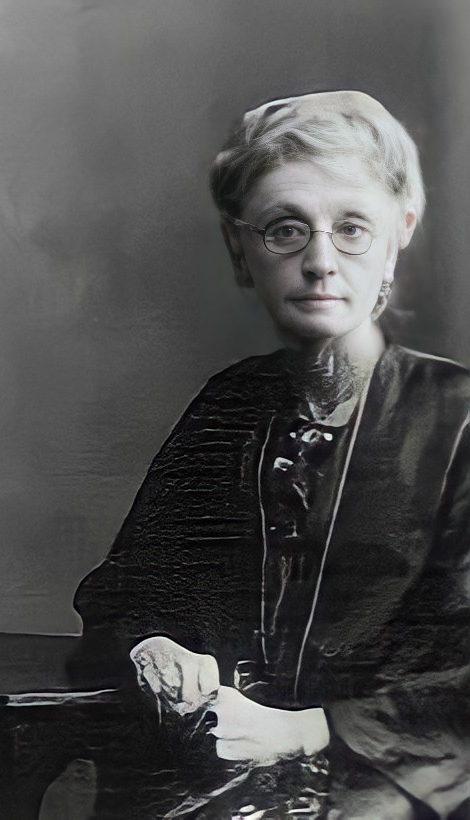
Her journey from Islington to Mumbles, and her various professions, mirror the societal changes and mobility of the era. The use of an alias by both Lucy and James in different census records hints at a life navigated through the complexities of their time.
The Widening Family Tree
Lucy Hodson, daughter of George (see photograph below) and Mary Ann Hodson, brought her own rich history to the family. The frequent moves due to George’s railroad job painted a picture of a family always on the move, adapting to the demands of life in the mid to late 19th century.
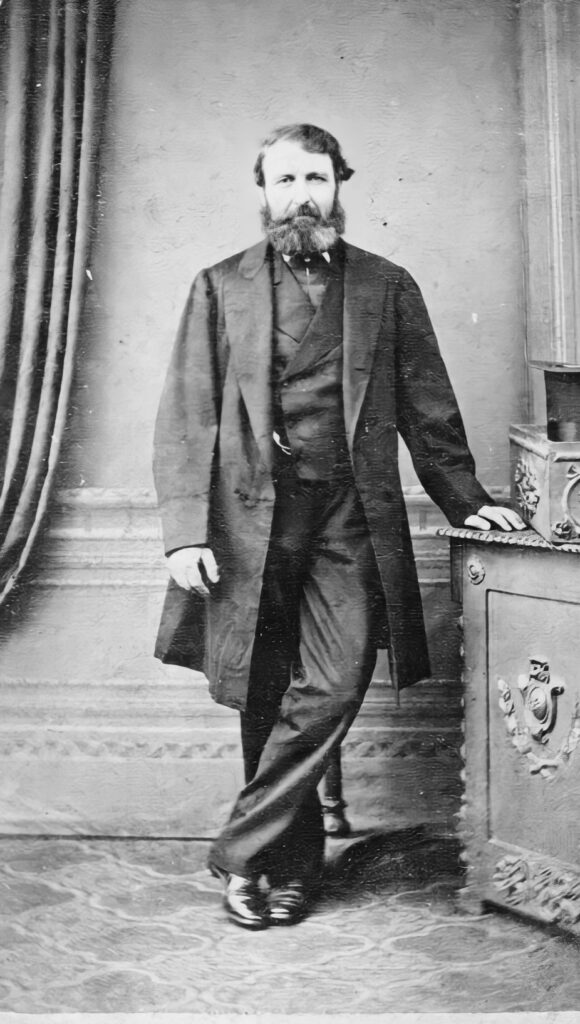
Personal Anecdotes and Family Resilience
Alan’s fond memories of playing cribbage with James during a holiday in East Anglia bring a personal touch to the narrative.

The remarkable survival of all three of James’s sons who volunteered for service in the First World War further illustrates the resilience that seemed to be a family trait.
James liked to tell the story of how he took his friend Richard Stanaway, a Labour voter, for a drink at the Conservative Club. Afterwards, Richard invited James to have a drink with him at the Working Men’s Club. Someone found out that James was a Conservative and, much to their amusement, they were thrown out of that establishment.

The End of an Era
James’s death in January 1934, at the age of 83, marked the end of a life that had navigated through social, personal, and economic upheavals. The destruction of his grave in Croydon cemetary, during the Second World War, by a German bomb adds a historical poignancy to his story.
James Thomas Hillen’s life was a tapestry of personal reinvention, societal adaptation, and enduring familial bonds. His journey through the changing landscapes of Victorian and Edwardian England reflects the resilience and flexibility required to navigate those transformative times.
